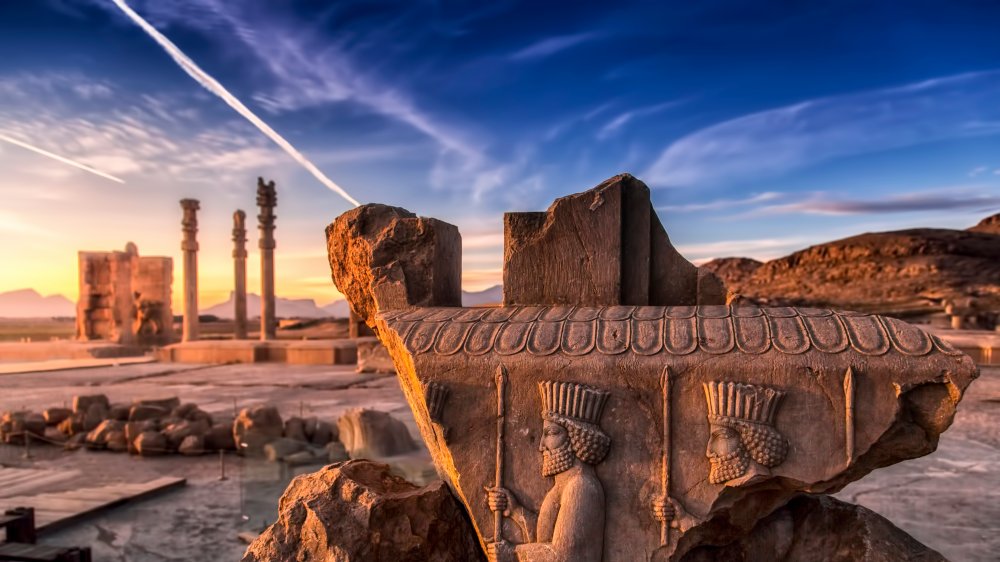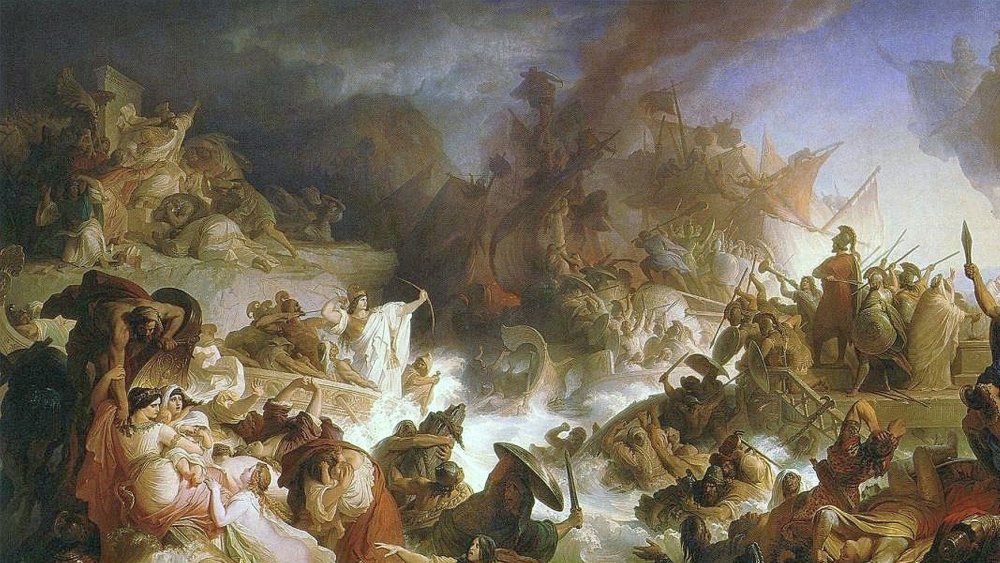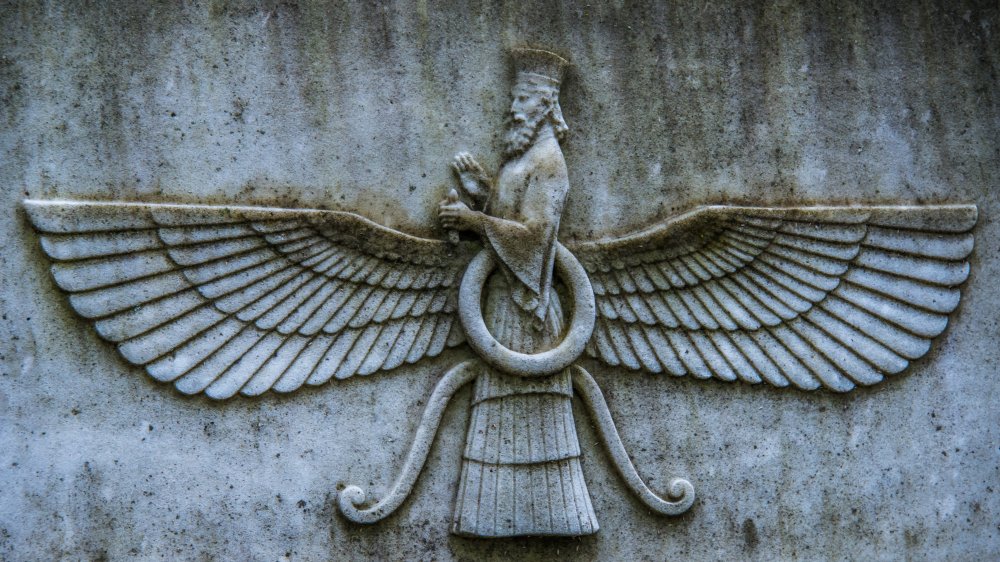What Life Was Like For Women In Ancient Persia
One of the world's first superpowers, the Persian Empire was located in modern-day Iran, Syria and Turkey. Compared head-to-head with other ancient world civilizations, there's something oddly endearing about Persia. It's true that, just like any other ancient world force to be reckoned with, this civilization was swift to brutality, but there's also remarkable hints of modernity about how Persia saw the world. From their eclectic metalwork, weaving and architecture — which, as History explains, drew liberally from every culture it butted up against — to its unusual tolerance of diverse religions and languages within its people, ancient Persian culture has this recognizably cosmopolitan vibe to it. No strategy game would be complete without the archetypal, elegantly-bearded Persian General, as comfortable with a book of poetry as the hilt of a blood-stained sword.
Perhaps not that surprisingly, women of Ancient Persia fared fairly well compared to those of neighboring civilizations. According to the Ancient History Encyclopedia, a female Persian citizen could own land, run a business (with male underlings), and travel freely throughout the Persian Empire. Even women of low station without noble lineage or education could expect equal pay to men doing the same work. And this unusually enlightened state of affairs remained largely in effect from the rise of the Achaemenid Empire around 550 BCE, to the fall of the Sassanian Empire in 651 CE.
Artemisia, Zoroastrianism and everything in between
Halfway through the first millennium BCE, life for women was at a peak of autonomy. By this time, much of the underlying cultural impetus behind the power and influence of woman was enshrined in the predominant religion, Zoroastrianism. Persia's religious and spiritual life centered around the idea that men and women had an equal right to the trappings of life. They entered and exited life as equals.
Ancient World Magazine describes how these basic assumptions of equality enriched Persia's prodigious military exploits. For example, Artemisia I of Caria, the great warrior queen, was an acclaimed Admiral of the Persian Fleet around 480 BCE. She was a cunning and resourceful strategist — so much so that her mortal enemies, the Greeks, placed a small fortune in bounty money on her head. She advised the king through many devastatingly successful Persian encounters (and a few crushing defeats when the king chose not to listen to her advice). Artemisia was honored with the role of escorting the king's son safely out of Greece after a failed military campaign, a rare honor among the Persian military, and one that reveals how significant her brilliance in the field of battle was to the royal court.
Things fall apart
Unfortunately, life for women in Ancient Persia would eventually take a turn for the worse. The Sassanian Empire fell to the people of Arabia in 651 CE, and the predominantly Zoroastrian worldview of Persia would gradually be supplanted with more patriarchal concepts. On a more heroic note, however, Persian men and women resisted these changes, shoulder-to-shoulder, for hundreds of years. According to the Ancient History Encyclopedia, in 838 CE a female freedom fighter, Banu, was captured and executed for standing up to the Abbasid Caliphate and its culture of oppression toward women.
While things didn't end well for Banu, her legacy is still celebrated in the Iranian Festival of Esfandgaan. This festival, a tribute to the idea that when men and women collaborate as equals they can kick ass and take names, shows that the memories of Artemisia, Banu, and countless other Persian women of their ilk are in safe cultural hands.


